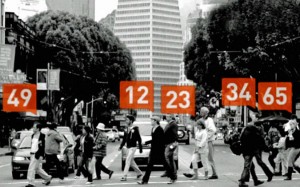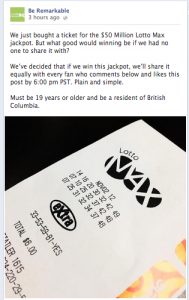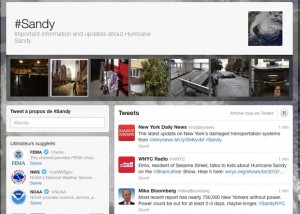Why only focus on conveying a message through your own social media profiles when you could be leveraging the social influence of your fans and followers to significantly amplify the effect?
It is now obvious that brand evangelists have enormous power to affect and potentially boost sales, however, the trouble is in determining who these key “influentials” are in the first place.
 This is exactly the need that is being met in the online marketing realm through the use of social analytics such as Klout, a measure (between 1-100) of social influence based on a person, group or brand’s activity and audience on social networks. This tool has been hugely popular since it was launched in 2008, but is now being challenged by several startups such as Tellagence and Little bird who are differentiating their services by finding influencers in narrower categories and uncovering people who may have low Klout scores but whose social activity could actually lead to effects on sales.
This is exactly the need that is being met in the online marketing realm through the use of social analytics such as Klout, a measure (between 1-100) of social influence based on a person, group or brand’s activity and audience on social networks. This tool has been hugely popular since it was launched in 2008, but is now being challenged by several startups such as Tellagence and Little bird who are differentiating their services by finding influencers in narrower categories and uncovering people who may have low Klout scores but whose social activity could actually lead to effects on sales.
By processing over 12 billion data points per day, these new influence models claim to be more accurate, thus making them increasingly appealing to marketers. Yet, if the goal really is to impact the bottom line then we need to be more strategic about how we’re currently using social media as a tool to achieve real results. These results may not materialize overnight, however, by staying on top of analytics tools such as these, we are not only saving time, but investing smarter to target those who really matter.
Reference: Finding Social Media’s Most Influencial Influencers

